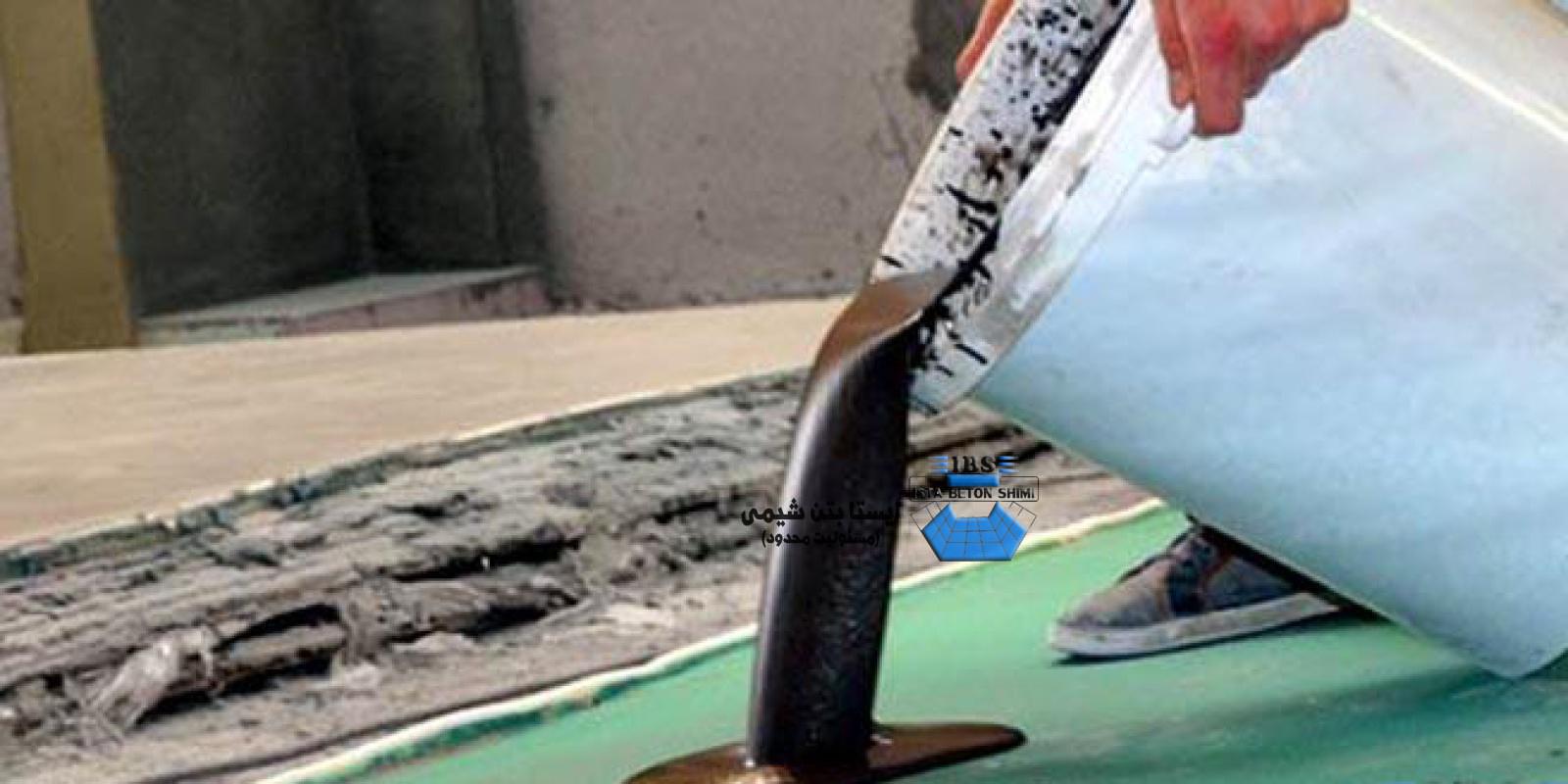Introduction
Disabilities come in numerous forms, and whereas some are readily apparent, others aren’t instantly seen to the naked eye. This article explores the variations between invisible and visible disabilities, shedding light on the unique challenges and misconceptions faced by people with these various conditions.
Invisible Disabilities
Definition
Invisible disabilities discuss with situations that considerably impact a person’s daily life however is in all probability not apparent to others upon preliminary observation. These disabilities can embody chronic pain issues, mental health situations, neurological problems, and autoimmune ailments, among others.
Challenges
Individuals with invisible disabilities often face challenges such as stigma, disbelief, and lack of understanding from others. They could struggle to access lodging, support providers, and necessary medical treatment due to the hidden nature of their disabilities.
Visible Disabilities
Definition
Visible disabilities are bodily impairments or situations which are readily apparent to others. These disabilities can include mobility impairments, amputations, visible impairments, and physical deformities, amongst others.
Challenges
While seen disabilities could additionally be extra readily acknowledged, people with these conditions still face challenges corresponding to accessibility barriers, discrimination, and social stigma. They might encounter unfavorable stereotypes, pity, or discomfort from others, which can impression their shallowness and sense of belonging.
Breaking Down Barriers
Promoting Awareness and Understanding
Raising consciousness about both visible and invisible disabilities is crucial for selling understanding and empathy. By educating others in regards to the various nature of disabilities and difficult misconceptions and stereotypes, we are able to create a more inclusive and supportive society.
Advocating for Accessibility and Inclusivity
Advocating for accessibility and inclusivity in all areas of life is essential for breaking down limitations for individuals with disabilities. This includes ensuring bodily entry to buildings and amenities, providing lodging and help services, and selling equal alternatives in employment, education, and social participation.
Fostering Empathy and Respect
Fostering empathy and respect for individuals with disabilities, regardless of visibility, is key to creating an inclusive and supportive surroundings. By listening to their experiences, acknowledging their challenges, and offering help and understanding, we may help break down obstacles and create a extra inclusive society for all.
Conclusion
Both seen and invisible disabilities present unique challenges and obstacles for individuals, however by promoting awareness, advocating for accessibility, and fostering empathy and respect, we are able to work in the course of breaking down these barriers and creating a more inclusive and supportive society the place all individuals can thrive, regardless of their skills or differences.
FAQs
1. What are some examples of invisible disabilities?
Examples of invisible disabilities embody continual ache problems, mental well being conditions, neurological problems, and autoimmune ailments, amongst others.
2. What are some examples of seen disabilities?
Examples of visible disabilities embody mobility impairments, amputations, visual impairments, and bodily deformities, among others.
three. How can I support somebody with a disability?
Offer empathy, understanding, and support with out judgment. Listen to their experiences, ask how you can assist, and be willing to accommodate their wants.
4. What are some frequent misconceptions about disabilities?
Common misconceptions include the assumption that individuals with disabilities are helpless or unable to contribute to society, or that they all have the same wants or experiences.
5. Where can I be taught extra about disabilities and totum how to be an ally?
There are many sources out there online, including incapacity advocacy organizations, support teams, and academic websites, that provide info and steering on disabilities and tips on how to be an ally to individuals with disabilities.
By promoting consciousness, advocating for accessibility, and fostering empathy and respect, we can help break down limitations and create a extra inclusive and supportive society for individuals with disabilities, both seen and invisible.
